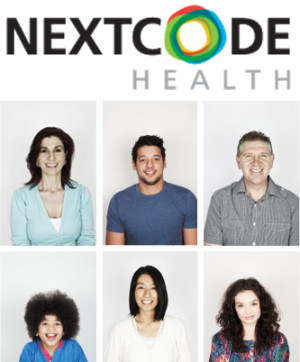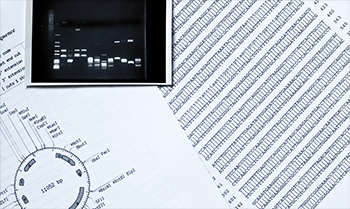
As genomics is used more and supported by ever-more robust analysis and interpretation, its potential to offer a solution to diagnosing rare diseases is truly game-changing.
I believe strongly and have previously blogged on the potential for genomics to shift the care paradigm for rare diseases, and here I’d like to detail in particular the huge potential value genomics can add to rare disease diagnosis. According to the National Institutes of Health (NIH), there are over 7,000 rare diseases affecting between 25 and 30 million Americans, which is nearly 1 in 10 people, making the overall prevalence of rare diseases significant. Rare diseases can be chronic, progressive, debilitating, disabling, severe, and life-threatening.
When a patient presents with a spectrum of unusual symptoms, a costly scramble naturally begins to diagnose the patient’s disease. Some people refer to this diagnosis process for rare diseases as a “diagnostic odyssey,” as patients and their families are subjected to test after test while being handed from one doctor to another, oftentimes to medical centers far from their home. Too often, this odyssey yields no concrete diagnosis or—worse—misdiagnosis. The direct medical costs can be significant, and the indirect costs—the frustration and disillusion felt by the patients and the family—can be extraordinary.
Since NIH believes that approximately 80 percent of rare diseases have genetic origins, the potential for genomic sequencing, interpretation, and analysis to offer a solution here is truly game-changing. A recent article in Bloomberg BusinessWeek highlighted medical histories of two patients who recently received a diagnosis informed by genomics. In both these examples, genomic analyses provided an end to the burden, cost, and stress of their multidecade-long diagnostic odyssey:
- Jackie Smith, 35, spent the 32 years from age 3 unable to receive a correct diagnosis that could account for her weak limbs and turned-in ankles, despite seeing many doctors on numerous occasions. Indeed, Jackie’s parents were told to “take the 3-year-old girl home and enjoy her while they could”…”[her disease] would probably kill her before she was old enough to drive.” This past February, using genomic interpretation and analyses from Wuxi NextCODE, Claritas Genomics definitively identified her condition as centronuclear myopathy in less than three weeks.
- Dustin Bennett, 24, would tremble and violently jerk for hours or days at a time and had been developmentally delayed since childhood. After dozens of doctor visits and incorrect diagnoses—seizures, muscle disorders, mental health problems—a Mayo Clinic genomic-based analysis showed he has episodic ataxia type I, a neurological disease characterized by hours-long attacks with no clear trigger. Dustin, a 24-year-old who functions at a first-grade level, is now on the second round of a medication doctors say should help reduce the frequency and severity of his episodes.
As genomics is used more and supported by ever-more robust analysis and interpretation, I expect these types of clear successes to become even more commonplace. And the value to the healthcare system and the patient is clear, expressed powerfully in the Bloomberg BusinessWeek piece:
While there isn’t yet a cure, Smith is participating in research that may one day lead to treatments or more supportive care. “Just being connected feels good. I felt alone for a long time,” she says. “And I want to do it for the bigger picture, too. Not just for myself, but so I can be counted.”





